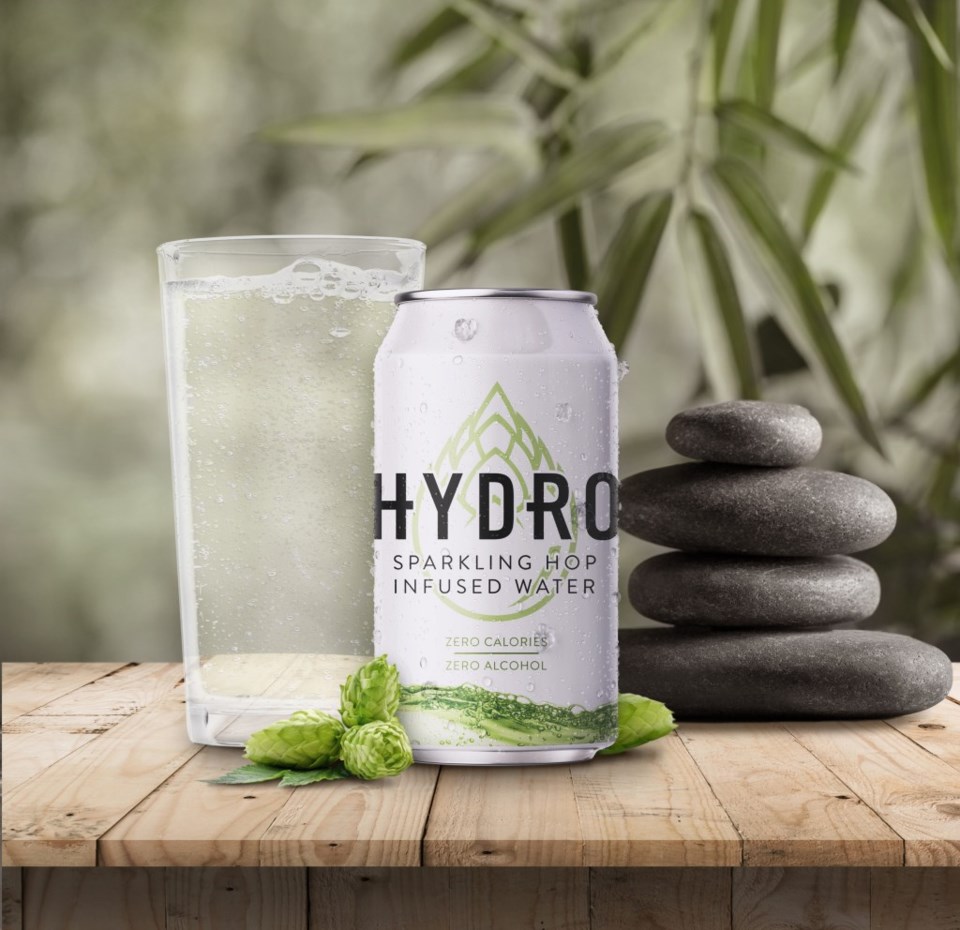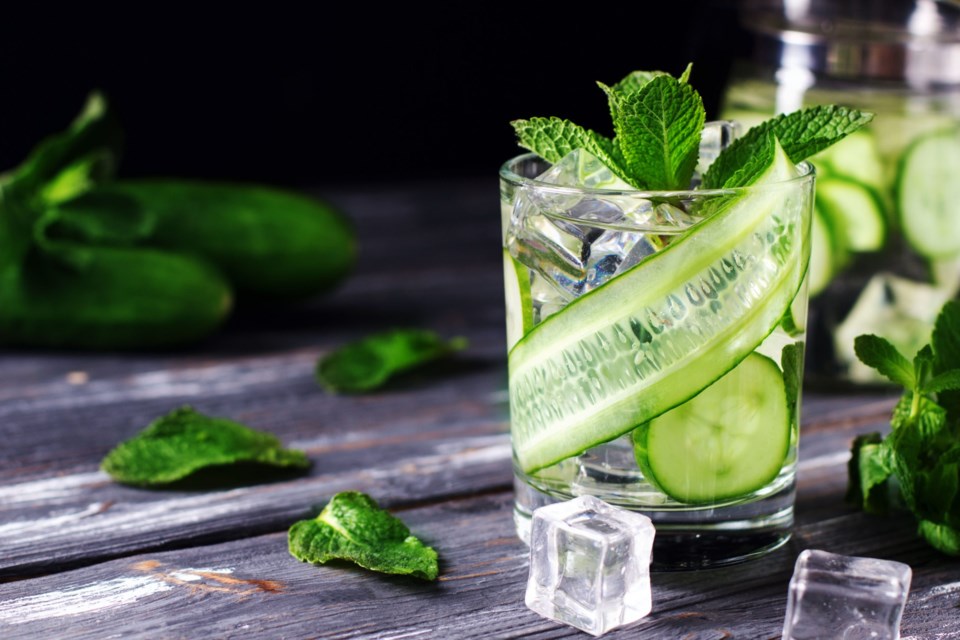The benefits of sobriety-promoting campaigns like Dry January in many countries like the U.S. and UK, Dry July in New Zealand and Dry February in the Czech Republic are well documented. The success of these alcohol-abstaining challenges has launched forward a whole nonalcoholic beverages industry that is booming but recreating the refreshing bite of alcoholic cocktails is a difficult art to master.
Alcohol-free beers are nothing new, they’ve been around with different degrees of success since the original Temperance movement first pushed for alternative drinks back in the 1910s. Nonalcoholic wines on their part have been tagging along since the late 1800s when Dr. Thomas Welch pioneered the use of pasteurization to prevent the fermentation of grapes, creating a nonalcoholic wine to use in communion. Even Carl Jung filed a patent in 1908 for a dealcoholization process.
Nowadays it seems like everyone is jumping on the sober-curious bandwagon, especially in the spirits department — in the past decade nonalcoholic gins, whiskeys and vodkas have been popping up everywhere you look. Yet many sober people are still on the fence with them for various reasons, not the least of which is the flavor.
Alcohol-free spirits tend to be hard to mix and lack the refreshing bitter taste alcoholic beverages offer and so the mocktails you create with them are more often than not hit or miss.
But, instead of trying to reinvent the wheel, what if you took the well-known process of alcohol-free beers and the familiar taste of hops to create a mocktail? Local Profile talked about this new trend with Wim Bens, co-founder of Lakewood Brewing Co., a craft beer company based in Garland and he shared some tips on how to prepare a premium mocktail.
Recently, Lakewood Brewing Co. experimented with its brewing equipment and produced the first batch of HYDRO, a sparkling hop-infused water. “We found a way to be part of that [better-for-you] movement while still using brewing ingredients,” Bens said about the process of creating the new brew. “We used the same equipment we use for making our beer and took about a year to research and develop it.”

While HYDRO works perfectly as a more bracing soft soda, it also has a little secret to make it work better as the main ingredient in a mocktail — the citrus and floral qualities of the hop flower. “That makes it much easier to pair with traditional cocktail ingredients like, citrus, mint, cucumber, berries, etc.,” Bens said.
If you get to put your hands in one of these cans, try it out with ingredients you’d use on regular cocktails and find what works for you. “Fresh fruit is always something that will elevate any cocktail or mocktail, but I think experimentation is key,” Bens told us. “Go into your pantry and spice cabinet and play around and try mixing with the flavors you like.”
If Dry January got you thirsty, give Bens’ favorite mocktail a try “HYDRO with cucumber and mint. The combination of the hop flavors with the other ingredients makes a killer mocktail.”
The HYDRO
Ingredients:
Hydro
Cucumber
Mint
Lime
Ice
Recipe:
1. Muddle a slice of a cucumber and three mint leaves
2. Add half oz. lime juice
3. Mix
4. Add to a preferred cocktail glass
5. Add the desired amount of ice
6. Add 4 oz. of HYDRO
7. Garnish with lime slice and/or cucumber slice on the rim
8. Enjoy!




